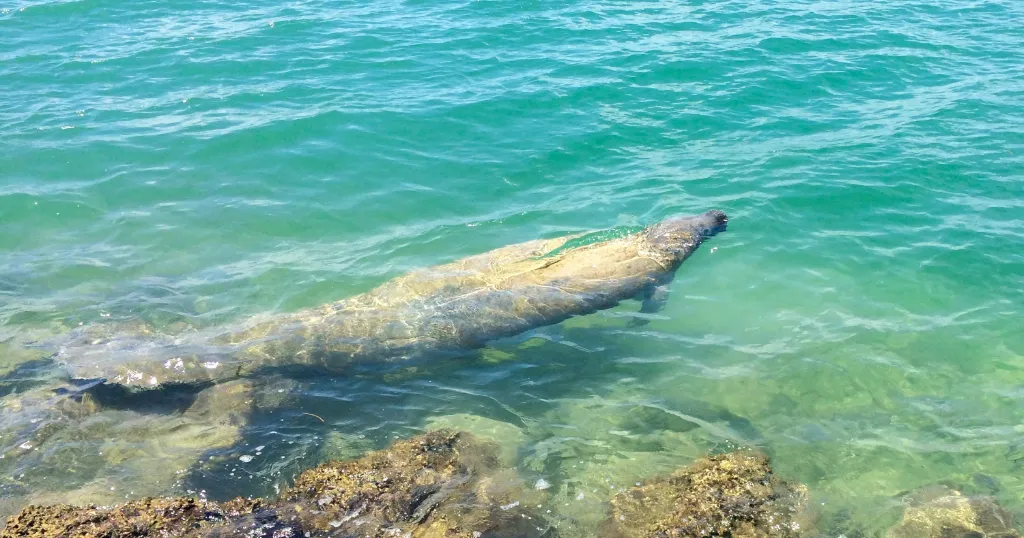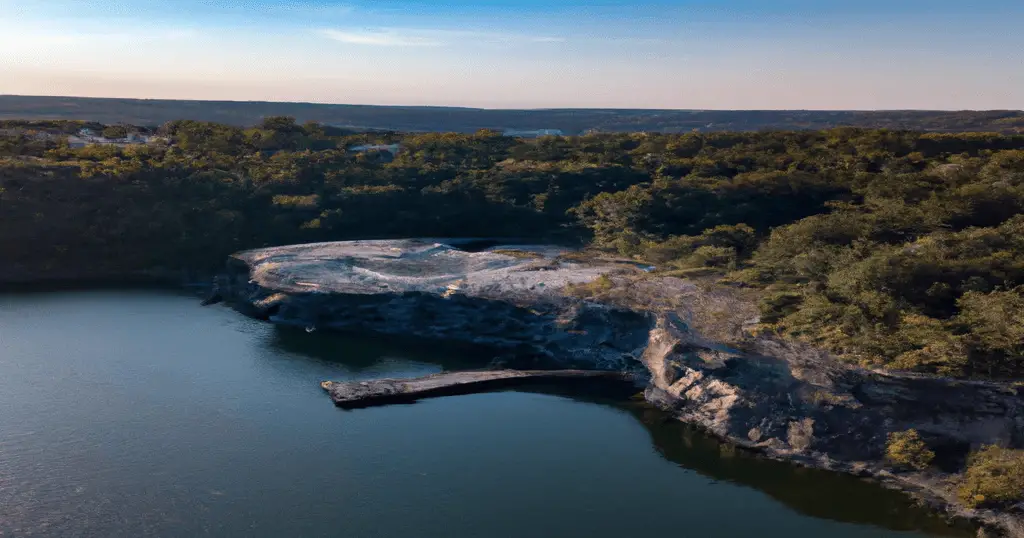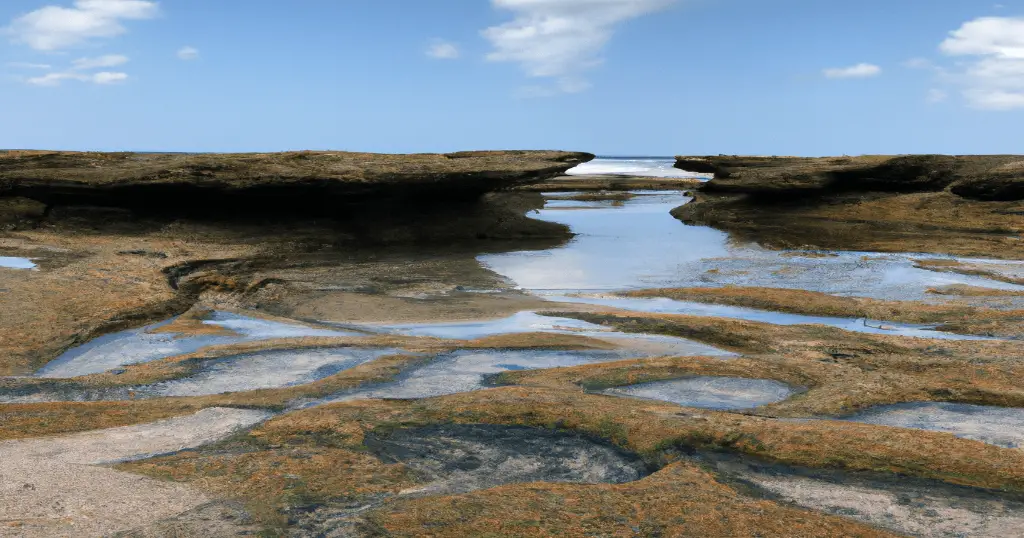Manatees or sea cows are magnificent creatures that grace the waterways of Florida with their gentle presence, inspiring awe in those fortunate enough to witness them in their natural habitats. While popular spots to view manatees are spread across the state, Fort Lauderdale, with its myriad of aquatic channels, offers a host of lesser-known, but no less enchanting, locations where one can chance upon these peaceful marine mammals.
Seeing manatees in Fort Lauderdale may be a little more challenging, primarily due to the city’s bustling marine activity and the manatees’ elusive behavior. But there are some locations that are worth trying when you’re in the area.
Our 6 top spots to find manatees in Fort Lauderdale
Fort Lauderdale, often dubbed as the “Venice of America,” boasts a network of internal canals and waterways that thread through the city. These aquatic channels, which are also at the heart of the city’s charm, are the prime locations to spot the gentle sea cows – the manatees.
Now, let’s dive right into the heart of Fort Lauderdale with the help of our map. Each location pinpointed on the map is a potential stage for manatee spotting.
1. Port Everglades
Port Everglades, a bustling port in Fort Lauderdale, is an unexpected yet exciting destination to spot the serene manatees. Even with the heavy commercial activities, it’s common to see these gentle giants meandering through the waterways, especially in the warmer months. The likelihood of catching a glimpse of manatees here is fairly high. Visitors are advised to be patient and keep a keen eye on the water, particularly near the jetties and the Intracoastal Waterway where the creatures often gather. Due to port security issues, public access to the deck has been limited, so you may want to check out the canal by boat.
Other wildlife you can expect to see: Pelicans, Sea Turtles, Dolphins
2. Bonnet House Museum & Garden:
The Bonnet House Museum & Gardens, known for its historical value and breathtaking scenery, is also home to a number of manatees that inhabit the freshwater slough. These gentle creatures are often seen basking in the sun or playfully swimming near the Boathouse. The site provides a unique opportunity to see manatees in a preserved habitat. Remember, the early morning or late afternoon hours provide the best chances to see them.
Other wildlife you can expect to see: Gopher Tortoises, Monkeys, Peacocks
3. George English Park
Positioned right next to the Middle River, George English Park is an excellent location to observe manatees in a more natural setting. They are often spotted near the boat ramp and along the shoreline of the park’s lake. These slow-moving creatures tend to be most active here during the cooler months, seeking warmer waters.
Other wildlife you can expect to see: Waterfowl, Iguanas, Turtles
4. New River
The New River, snaking its way through downtown Fort Lauderdale, is a hot spot for manatees. Their presence is particularly noticeable near the city’s Riverwalk, where the brackish water attracts these mammals. Rent a kayak or board a riverboat tour for an unforgettable, up-close encounter.
Other wildlife you can expect to see: Tarpons, Herons, Ibis
5. Las Olas Isles
The residential waterways of Las Olas Isles offer a surprising chance to spot manatees, particularly during the winter months. From the numerous bridges and walkways, keep your eyes peeled for their rounded, grey bodies breaking the water’s surface or for their distinctive snouts poking up for a breath of fresh air.
Other wildlife you can expect to see: Anhingas, Blue Herons, Large-mouth Bass
6. Hugh Taylor Birch State Park
Nestled between the Atlantic Ocean and the Intracoastal Waterway, Hugh Taylor Birch State Park provides an ideal refuge for manatees. They frequent the park’s lagoon, with sightings most common during early morning and late afternoon. A peaceful canoe trip along the lagoon may yield a delightful encounter with these aquatic gentle giants.
Other wildlife you can expect to see: Marsh Rabbits, Raccoons, Florida Box Turtles
Got an hour? Head further South or North
Indeed, the locations in Fort Lauderdale provide a fair chance of spotting manatees, but they are still wild creatures and their presence can be unpredictable. However, if you’re willing to embark on a little journey, there are two fantastic destinations to the north and south that virtually guarantee a manatee encounter.
North: Manatee Lagoon in West Palm Beach
About an hour’s drive north of Fort Lauderdale, the Manatee Lagoon in West Palm Beach is an eco-discovery center dedicated to the manatee and its habitat. Unlike the Miami Seaquarium, the manatees here are not in captivity. Visitors can not only learn about these majestic creatures but can virtually guarantee a sighting during the cooler months from November to March.
The lagoon’s location next to Florida Power & Light’s Riviera Beach Next Generation Clean Energy Center makes it a prime spot for manatees, as they flock to the warm-water outflows from the power plant. Observing from the facility’s deck provides an unparalleled opportunity to watch these gentle giants in action.
South: Miami Seaquarium
Heading south, approximately 45 minutes away from Fort Lauderdale, is the renowned Miami Seaquarium. It’s not only a popular tourist attraction but also a rehabilitation center for injured manatees. This means that at any time of the year, regardless of weather conditions, you’ll be guaranteed to see manatees. The Seaquarium’s ‘Manatee Exhibit’ allows visitors to watch these creatures as they’re nursed back to health. It’s an experience that combines education, conservation, and the guarantee of a manatee encounter.
What is the best time to see manatees in Florida?
They can be seen year-round in the state, but ideally, you want to look for them between November and March.
Manatees are large, slow-moving, but migratory marine mammals. They are cold-sensitive and prefer waters that are about 68 to 72 degrees Fahrenheit. When the sea temperature drops in the Gulf of Mexico drops below this range, typically in the winter months, they migrate to warmer waters. As Florida has an extensive network of springs that stay around 72 degrees all year round, this makes the state a popular wintering spot for manatees.
The best time of day to spot them
The best time of day to see manatees is usually early in the morning, right after sunrise. This is the time when they are typically most active. During these hours, manatees are often grazing on seagrass beds, which makes them easier to spot.
Midday can also be a good time for viewing, particularly during the winter months, as manatees will often surface to warm themselves in the sun. However, the specific timing can vary based on the weather, the tide, and the location.
Mating season can be spectacular.
Manatee mating season typically runs from April through October, although it can sometimes extend outside these months. During this time, it is rare to see Manatees in Florida, but if you do spot them, it will likely be an entire “mating herd”.
A mating herd is a group of manatees consisting of a single female, or cow, and multiple males, or bulls, that follow her around trying to mate. Mating herds can have a dozen or more males vying for the attention of one female, and the group can sometimes become quite animated and splash around, making for a spectacular sight.
Tips for swimming with manatees
Many of the places where you can see manatees also allow you to swim with them. However, with great joy comes great responsibility. Here are some tips to make the most out of this unique experience:
- Book a Guided Tour: Consider attending a guided tour from a reputable operator who is familiar with the regulations and best practices for swimming with manatees.
- Keep Your Distance: Always remember to keep a respectful distance from the manatees. Try not to approach them, but rather let them approach you if they are curious. Maintain at least six feet of distance to give them enough space to move freely.
- No Touching or Feeding: The Florida Manatee Sanctuary Act of 1978 makes it illegal to disturb manatees in any way. Also don’t touch or feed them. If a manatee approaches you, resist the urge to reach out and touch it. Always keep your hands to yourself.
- Observe Silently: Manatees are peaceful and slow-moving creatures. Sudden movements and loud noises can stress them. Therefore, move slowly and calmly in the water and avoid splashing.
- Use Snorkeling Gear: Using snorkeling gear allows you to observe the manatees in their full glory. While under the water, they often strike fierce, charismatic poses that will make your day! While snorkeling, avoid diving or swimming under the manatees.
- Don’t go near resting manatees: Manatees sometimes float motionless near the surface or on the bottom when they are resting. If you see a manatee in this state, do not disturb it.
- Call 800-DIAL-FMP, if you see a dead, injured or harassed manatee.
Other places in Florida to see manatees
Florida’s Fish and Wildlife Conservation Commission made this detailed map that outlines the best places to see manatees in the wild or in captivity.
The mecca for manatee spotting is undoubtedly Crystal River, due to its vicinity to the Gulf of Mexico, spring-fed waters and ecotourism initiatives.
We also have guides on where to see manatees in the following locations:



